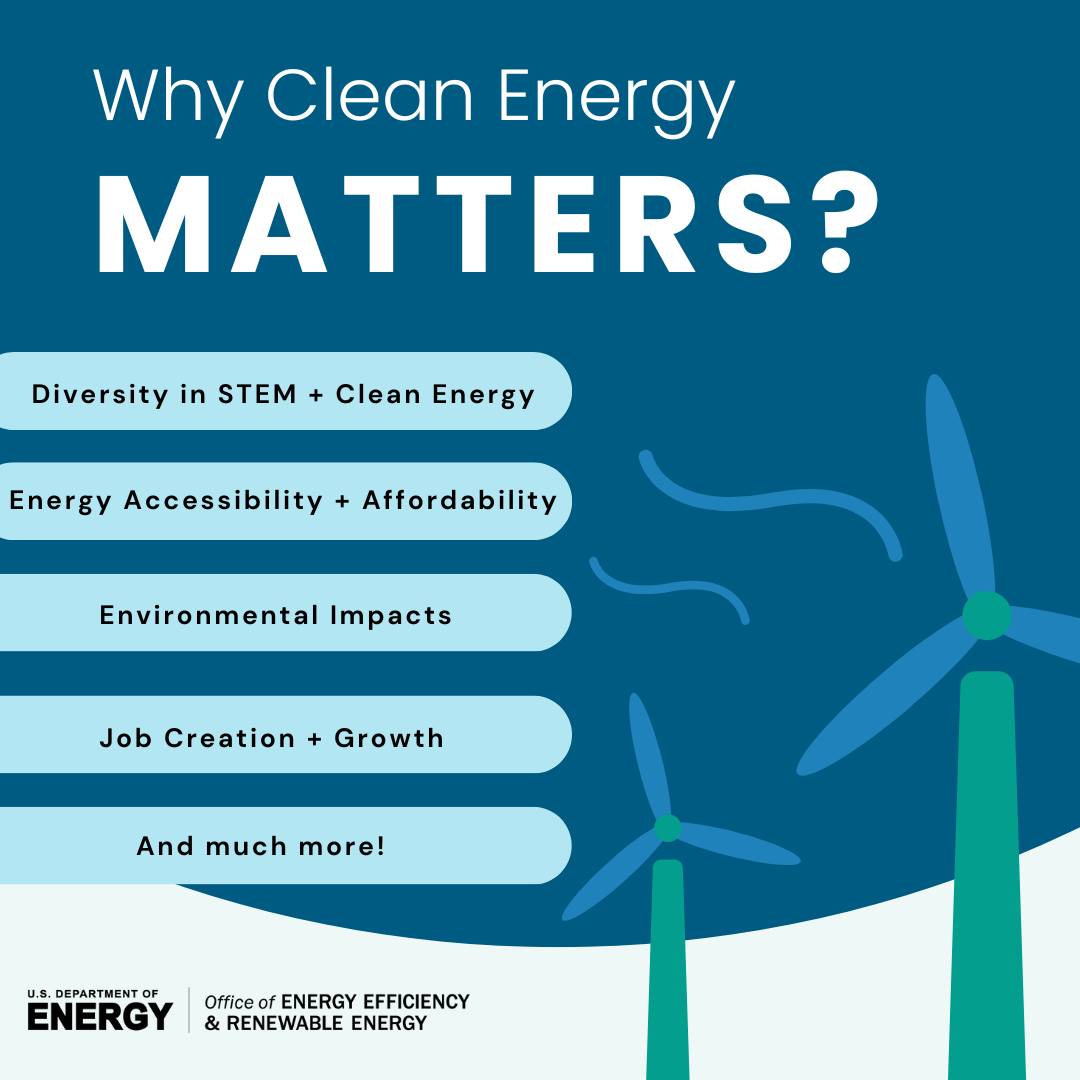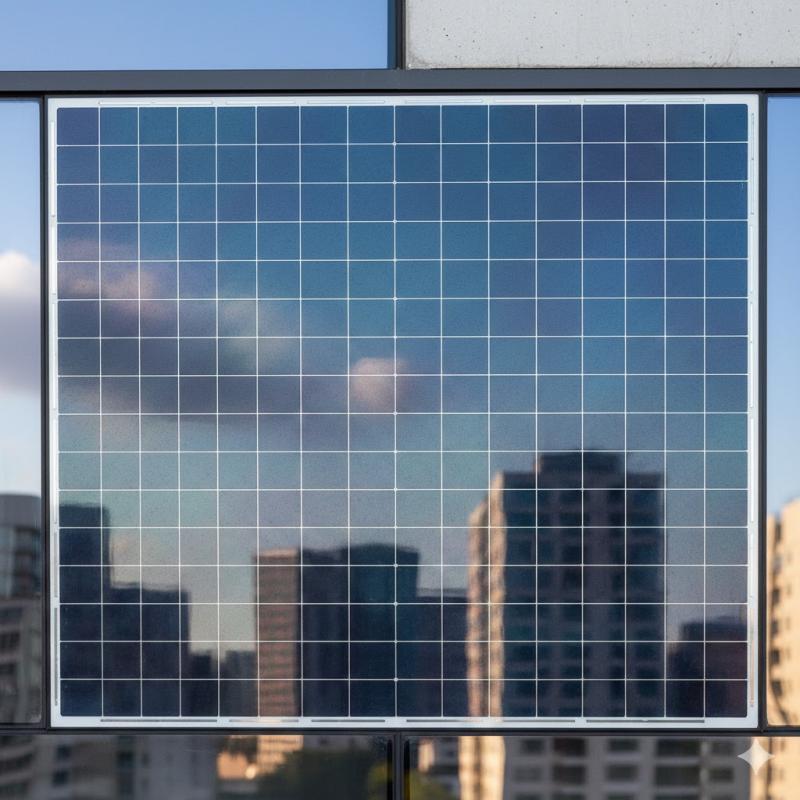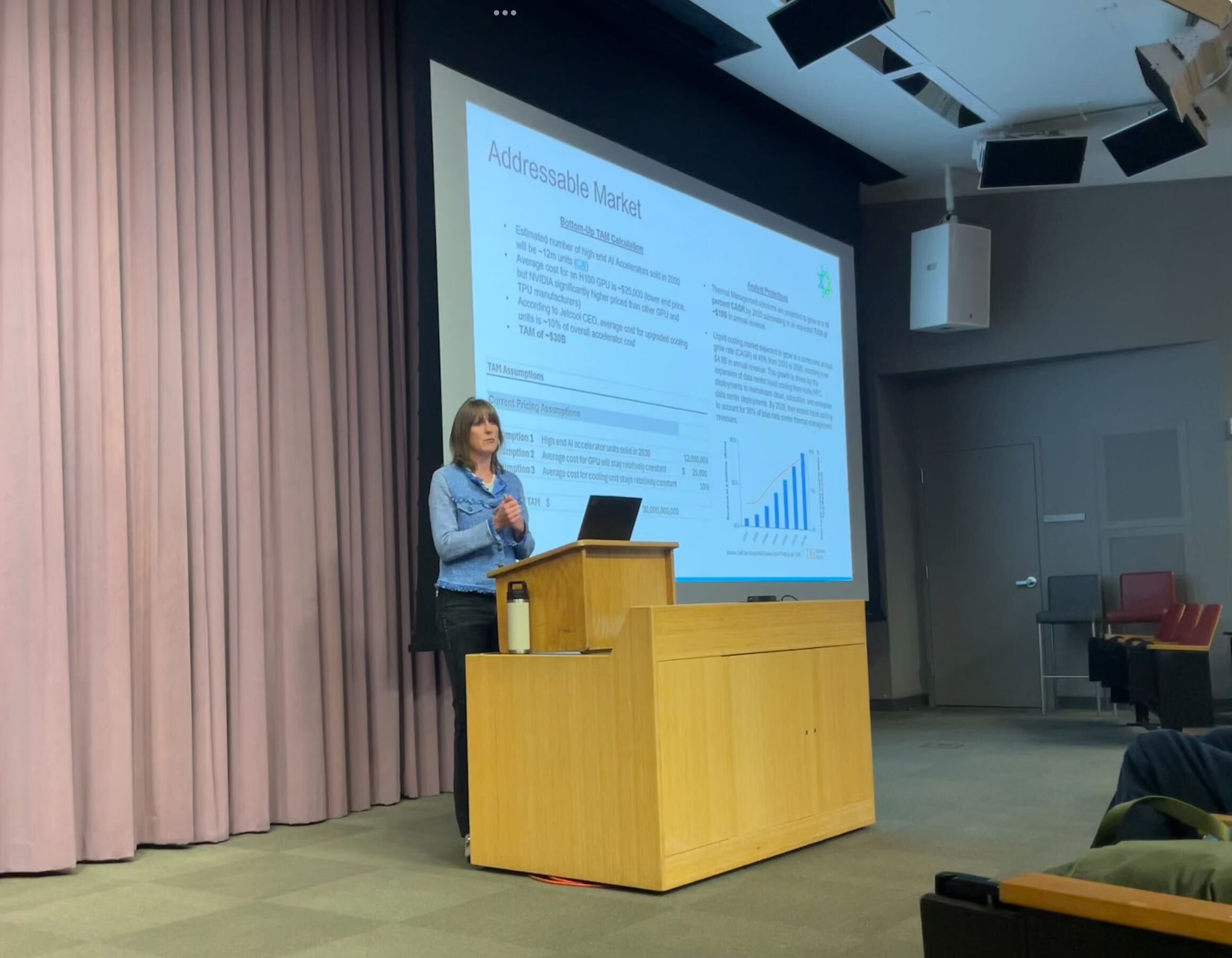Is America done with clean energy? Why wind, solar power are in peril – USA Today

Report on U.S. Renewable Energy Policy Shifts and Implications for Sustainable Development Goals
1. Executive Summary: Policy Reversal Impacting SDG 7 and SDG 13
Recent administrative directives and executive orders have initiated a significant policy shift away from renewable energy sources such as wind and solar, favoring the promotion of fossil fuels. This reversal presents substantial challenges to the United States’ progress toward key United Nations Sustainable Development Goals (SDGs), particularly SDG 7 (Affordable and Clean Energy) and SDG 13 (Climate Action). The new regulatory landscape is designed to impede the development of clean energy projects, thereby undermining national and global efforts to ensure sustainable energy and combat climate change.
2. Analysis of Administrative Actions Against Renewable Energy
2.1. Regulatory and Permitting Obstacles
A series of administrative actions has created a complex and challenging environment for the development of renewable energy infrastructure, directly hindering progress on SDG 9 (Industry, Innovation, and Infrastructure). These actions include:
- A temporary withdrawal of all permits for new offshore wind projects.
- A pause on all new wind and solar project permits on public lands.
- The addition of multiple new layers of federal review for wind and solar projects, including a requirement for secretarial sign-off on each one.
- A directive requiring federal review and potential cancellation of approved renewable projects that face lawsuits.
- The reversal of a previously issued permit for a 1,000-megawatt wind facility in Idaho.
These measures create bureaucratic barriers that slow or halt private and public investment in the clean energy sector, affecting the nation’s ability to build resilient and sustainable infrastructure.
2.2. Financial and Economic Implications for SDG 8
The policy shift also has direct economic consequences that threaten SDG 8 (Decent Work and Economic Growth) by targeting a rapidly growing American industry.
- All federal subsidies for wind and solar projects were terminated, while subsidies for coal, oil, and natural gas were maintained.
- Industry leaders report that the administration’s actions represent an effort to undermine the renewable energy sector, which is a significant source of economic growth and job creation.
- The freezing of solar projects in development pipelines, as noted by state officials, illustrates the immediate negative impact on economic activity and employment in the clean energy field.
3. Impact on National Energy Capacity and Sustainable Development
3.1. Threats to Energy Security and SDG 7 (Affordable and Clean Energy)
The move to curtail renewables comes at a time of record-high energy demand, jeopardizing the nation’s ability to meet its energy needs affordably and sustainably, a core tenet of SDG 7.
- Wind and solar power accounted for 17% of U.S. electricity generation in the previous year and were projected to constitute 93% of new power generation capacity coming online this year.
- With rising power consumption driven by factors like artificial intelligence and climate change, restricting the fastest-growing energy sources could lead to price spikes and potential energy shortages.
- The U.S. requires an estimated 118 gigawatts of new power generation in the next four years, a demand that can be met at scale primarily by solar, wind, and battery storage technologies.
3.2. Setbacks for Climate Action (SDG 13)
By dismantling regulations on fossil fuels and actively obstructing clean energy projects, the administration’s policies run counter to the objectives of SDG 13 (Climate Action). The increased reliance on oil, natural gas, and coal will exacerbate greenhouse gas emissions, undermining efforts to mitigate climate change and its impacts.
4. Global Context and Competitive Landscape
4.1. Divergence from Global Renewable Energy Trends
The U.S. policy shift contrasts sharply with the accelerated adoption of renewable energy by other global powers, most notably China.
- China currently possesses almost half of the world’s wind farms and installed more wind and solar capacity in 2023 than the rest of the world combined.
- China’s solar power capacity reached 1,000 gigawatts, compared to the U.S. capacity of 134 gigawatts.
- As of July, China accounted for 74% of all global wind and solar projects under construction.
- This rapid expansion of clean energy has contributed to a 2.7% drop in China’s carbon emissions in the first half of this year.
4.2. Implications for U.S. Global Leadership and SDG 17
This retreat from clean energy risks diminishing the United States’ competitive advantage and leadership role in the global transition to a sustainable economy. By failing to advance domestic renewable energy, the U.S. may surrender its influence in climate solutions and green technology, impacting its ability to engage in global partnerships for sustainable development as envisioned in SDG 17 (Partnerships for the Goals). Experts warn that these actions will likely strengthen China’s position as the global leader in the clean energy sector.
1. Which SDGs are addressed or connected to the issues highlighted in the article?
SDG 7: Affordable and Clean Energy
- The article’s central theme is the conflict between promoting renewable energy sources (wind and solar) and fossil fuels (oil, natural gas, coal). It directly discusses the provision of “cheap, clean energy” from renewables and the policies affecting their installation and operation, which is the core focus of SDG 7.
SDG 13: Climate Action
- The article connects the energy policy debate to climate change. It mentions the EPA Administrator’s statement about driving “a dagger straight into the heart of the climate change religion.” Furthermore, it highlights how China’s investment in renewable energy has led to a decrease in its carbon emissions, implicitly linking the U.S. policy shift to negative climate outcomes.
SDG 9: Industry, Innovation, and Infrastructure
- The article discusses the impact of new regulations on the renewable energy industry and infrastructure projects. It describes wind and solar as “two of the fastest-growing energy sectors” and details how administrative actions are creating “bureaucratic barriers” that could “undermine an American industry” and halt the construction of new energy infrastructure.
2. What specific targets under those SDGs can be identified based on the article’s content?
SDG 7: Affordable and Clean Energy
- Target 7.2: By 2030, increase substantially the share of renewable energy in the global energy mix. The article directly addresses this target by stating that wind and solar produced “as much as 17% of the country’s electricity last year” and that new policies may “make it impossible or next to impossible to build wind or solar power,” thereby threatening any increase in this share.
SDG 13: Climate Action
- Target 13.2: Integrate climate change measures into national policies, strategies and planning. The article describes a reversal of this target. The administration’s actions, such as issuing “a blizzard of directives and executive orders limiting new solar and wind projects” while “rolling back regulations on fossil fuels,” represent a dismantling of climate-friendly policies rather than an integration.
SDG 9: Industry, Innovation, and Infrastructure
- Target 9.4: By 2030, upgrade infrastructure and retrofit industries to make them sustainable… The article discusses the stalling of sustainable infrastructure projects. The administration has “paused permits on all new wind and solar projects on public land” and is creating barriers for projects on private land, directly impeding the upgrade of energy infrastructure to more sustainable sources like wind and solar.
3. Are there any indicators mentioned or implied in the article that can be used to measure progress towards the identified targets?
Indicators for SDG 7
- Indicator 7.2.1 (Renewable energy share in total final energy consumption): The article provides a direct figure for this indicator, stating that wind and solar power produced “as much as 17% of the country’s electricity last year.” It also notes that of new power generation projected to come online, “93% was expected to come from solar, wind or battery storage,” providing a forward-looking measure of this share.
- Installed Capacity of Renewable Energy: The article uses gigawatts (GW) to measure energy capacity, stating the U.S. has a current solar capacity of “134 gigawatts” compared to China’s “1,000 gigawatts.” This serves as an indicator of investment and infrastructure development under Target 7.a.
Indicators for SDG 13
- Change in Carbon Emissions: While not stated for the U.S., the article implies this is a key indicator by noting that China’s buildout of renewable energy “caused its carbon emissions to fall by 2.7% in the first six months of this year.” This suggests that a corresponding policy shift in the U.S. away from renewables would negatively impact its emissions.
- Number of Policies and Regulations: The article implies that the number and nature of government policies are an indicator. It details a “blizzard of directives and executive orders limiting new solar and wind projects,” the ending of subsidies for renewables, and the addition of “multiple layers of permit requirements” as measures of the policy shift away from climate action.
Indicators for SDG 9
- Number of New Projects Permitted/Stalled: The article directly indicates a slowdown in sustainable infrastructure development. It mentions that the administration has “paused permits on all new wind and solar projects on public land,” that a permit for a 1,000-megawatt wind facility in Idaho was reversed, and that solar projects in Nevada “have been frozen.” These actions serve as a direct measure of progress (or regression) on this target.
4. Table of SDGs, Targets, and Indicators
| SDGs | Targets | Indicators |
|---|---|---|
| SDG 7: Affordable and Clean Energy | Target 7.2: Increase substantially the share of renewable energy in the global energy mix. |
|
| SDG 13: Climate Action | Target 13.2: Integrate climate change measures into national policies, strategies and planning. |
|
| SDG 9: Industry, Innovation, and Infrastructure | Target 9.4: Upgrade infrastructure and retrofit industries to make them sustainable. |
|
Source: usatoday.com

What is Your Reaction?
 Like
0
Like
0
 Dislike
0
Dislike
0
 Love
0
Love
0
 Funny
0
Funny
0
 Angry
0
Angry
0
 Sad
0
Sad
0
 Wow
0
Wow
0

















































:focal(1500,1000)/https://media.globalcitizen.org/a6/9a/a69a4720-d8a1-4715-b596-18738d03c05c/rotary_polio_hero_image.jpg?#)






/countries/sri-lanka/photo-credit---dmc-sri-lanka.tmb-1200v.jpg?sfvrsn=dc298bcc_1#)

















